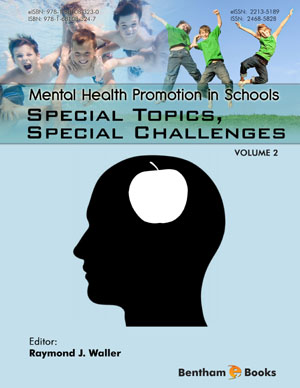Abstract
Building different machine learning algorithms and their potential
applications to enhance healthcare systems is very important. AI has countless uses in
healthcare, including the analysis of medical data, early disease diagnosis and
detection, evidence-based objectives to minimize human error, reducing errors between
and among observers, risk identification and interventions for healthcare management,
health monitoring in real-time, helping patients and clinicians choose the right
medication, and assessing drug responses. Machine learning techniques have
transformed many facets of healthcare, ranging from new tools that allow people to
better control their health to new models that assist physicians in making more accurate
decisions. Since the advent of the pacemaker and the first computerized records for
blood test results and chest X-ray reports by Kaiser in the 1950s, physicians have seen
the potential of algorithms to save lives. As new developments in image processing,
deep learning, and natural language processing are revolutionizing the healthcare
sector, this rich history of machine learning for healthcare feeds innovative research
today.
It is necessary to comprehend the human effects of machine learning, including
transparency, justice, regulation, simplicity of deployment, and integration into clinical
processes, in order to use it to enhance patient outcomes. The application of machine
learning for risk assessment and diagnosis, illness progression modeling, enhancing
clinical workflows, and precision medicine will be covered in this chapter, which starts
with an introduction to clinical care and data. We shall include all methodological
details for each of these covering topics like algorithmic fairness, causal inference, offpolicy reinforcement learning, interpretability of ML models, and the foundations of
deep learning on imaging and natural language.
Advances in AI and ML technologies have significantly improved the ability to
forecast and recognize health emergencies, disease conditions, disease populations, and
immunological responses, to name a few. Even though there is still doubt about the
usefulness of ML-based techniques and how to interpret their findings in clinical
contexts, their use is spreading quickly. Here, we provide a succinct introduction to
machine learning-based methodologies and learning algorithms, such as reinforcement
learning, supervised learning, and unsupervised learning, with examples. Subsequently,
we explore the applications of machine learning (ML) in various healthcare domains
such as genetics, neuroimaging, radiology, and electronic health records. Along with
offering ideas for potential future uses, we also skim the surface regarding the dangers
and difficulties associated with applying machine learning to the healthcare industry,
including issues of privacy and ethics.












